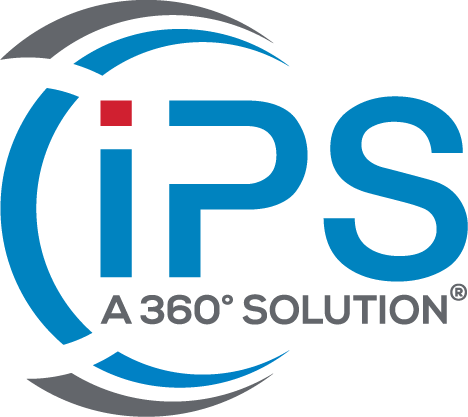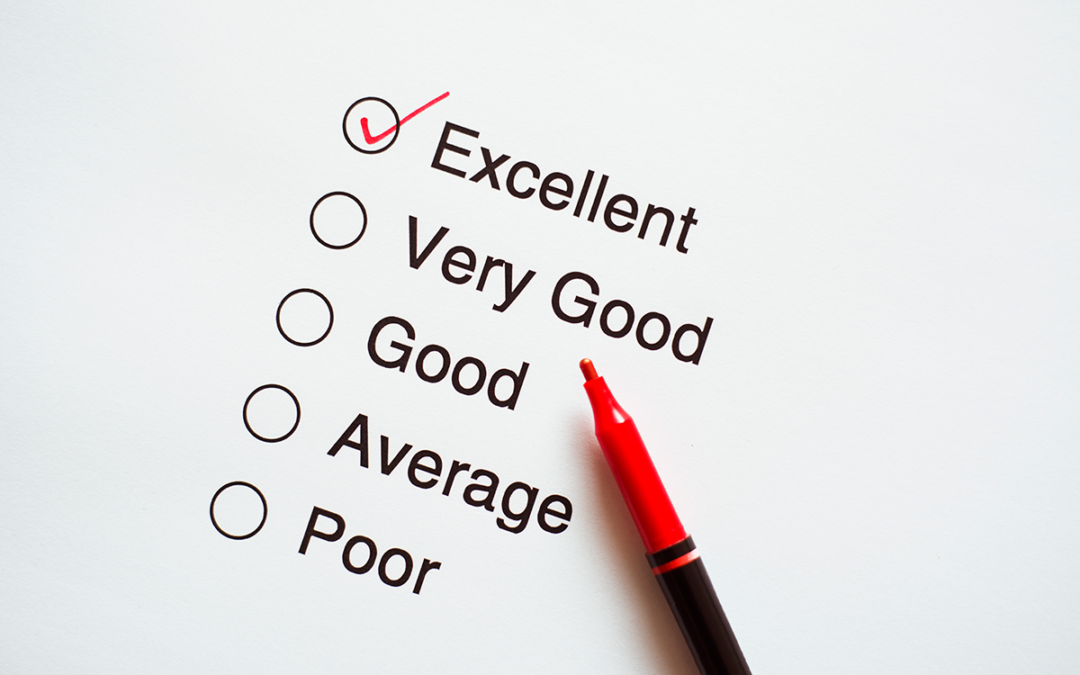In part three of our series on content management, we are going to look at building an awesome WordPress site to host your content. It is no secret that WordPress is one of the most popular tools for building websites because of its versatility, easy-to-use backend and open-source environment. In fact, up to 35% of sites are powered by WordPress. IPS chose to use WordPress to design and build our website, so we thought we’d share some things we learned along the way.
- Select the right theme
Making sure you have the right theme for your WordPress site is an important first step to creating it. The theme drives the look and feel for users on the front end but will also provide key functionalities on the backend to help you build and maintain your site. Think about what the site is going to be used for and select a theme that will help you best showcase your brand and narrative. We use the Divi theme from Elegant Themes.
- Using Plugins
One of the awesome things about WordPress, is the almost infinite number of different plugins that you can use to enhance functionality of your site. From simple things like form builders, to product catalogs, to sitemaps creators, each plugin will allow you to do more with your site without the need for any coding. However, make sure you don’t clutter your site with too many plugins, or it will negatively affect site performance.
- SEO
SEO is an important part of any website and with WordPress its easy. Some themes will come with SEO abilities built into their themes, but to get the most out of SEO for your site, we recommend using a plugin. At IPS we use Rank Math SEO, which is a free plugin to help you optimize your SEO. You can add keywords to your pages and posts, customize how your site will display on Google, and you can even connect it directly to the Google Search Console to further monitor your site right from the WordPress dashboard. Make sure when you are creating your that you take a look at what your competitors are doing so you can decide how best to deploy your time and resources to outrank them.
- Keep your media organized
As you build your site and try different looks and feels, it’s easy to accumulate lots of media on the backend. Make sure you keep your assets organized with title tags and alt-text. This will also help with search engine performance because it makes it easier to index your site. Remember, if you don’t need media assets anymore, delete them!
- Add your content
Finally, make sure you add all your content is a clean, straightforward and organized manner. There are many ways to present your content, but make sure you do it in a way that furthers your brand narrative and makes people want to learn more. Finally, make sure to add internal links to your important content so that people can find them easier. Like using alt-text for your images, having internal links will help your site performance.

